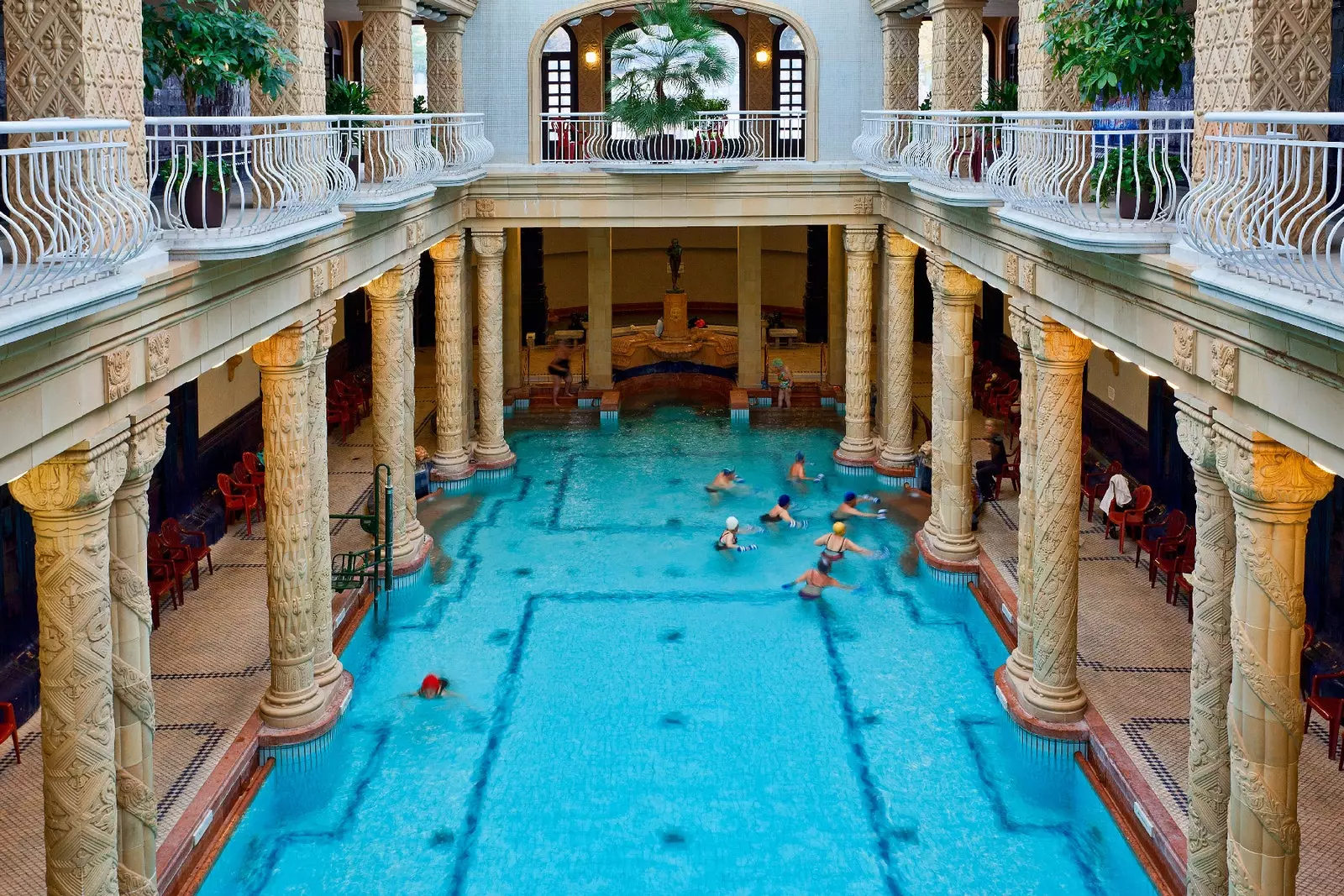
Géllert, the most wanted photo
budapest lives off the water. on the surface, the Danube acts as a fulvial artery, dividing the Hungarian capital in two and serving as a setting for one and a thousand photos.
Below the level of the river (not the sea), the lifeline of the city is its underground hodgepodge of thermal waters.
Centennial tradition and subsistence of the soul alike, the spas are a fundamental part of daily life in Budapest, and A mandatory stop on any visit.
Discover how to enjoy them to the fullest.
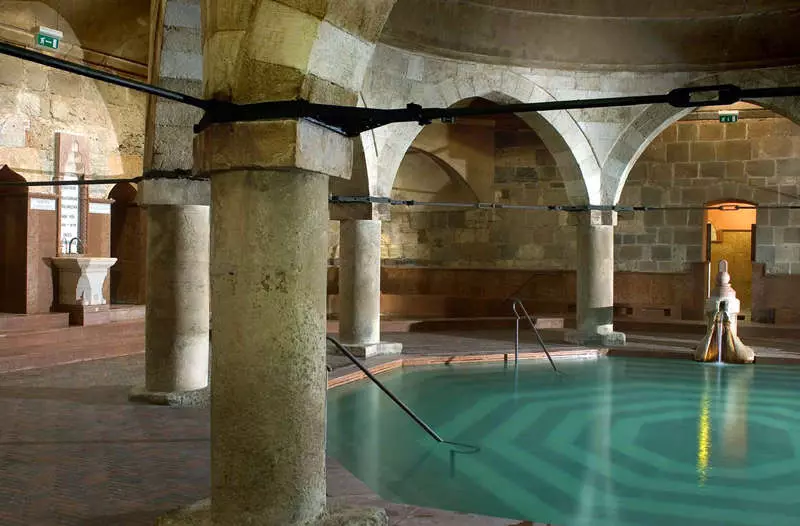
Rudas, built more than 450 years ago
BEFORE GOING
1.The experience of going to a spa in Budapest is not just a tourist attraction: it is a piece of history. The neighbors have been diving into the more than 100 hot springs of the city since Roman times, and in the last millennium they perfected the custom, starting with the help of the Ottoman Empire in the 16th century.
The ottoman influence still seen in some spas, such as Rudas, Király or Veli Bej. Others, like Gellert and Szechenyi, they are the fruit of the third wave of expansion in the 20th century, in which the structures grandly returned to the classical style, in an architectural representation of the ambitions of the Austro-Hungarian Empire.
2. You will see many claims about the wonders that thermal water can do with your body, but do not let them fool you (much, at least): The medical effects of hot springs have not been proven to date.
Although it is true that they can help with stress and some muscle aches, whether they can fix health problems remains a mystery. The lure of the experience is its social and cultural meaning, more than curative.
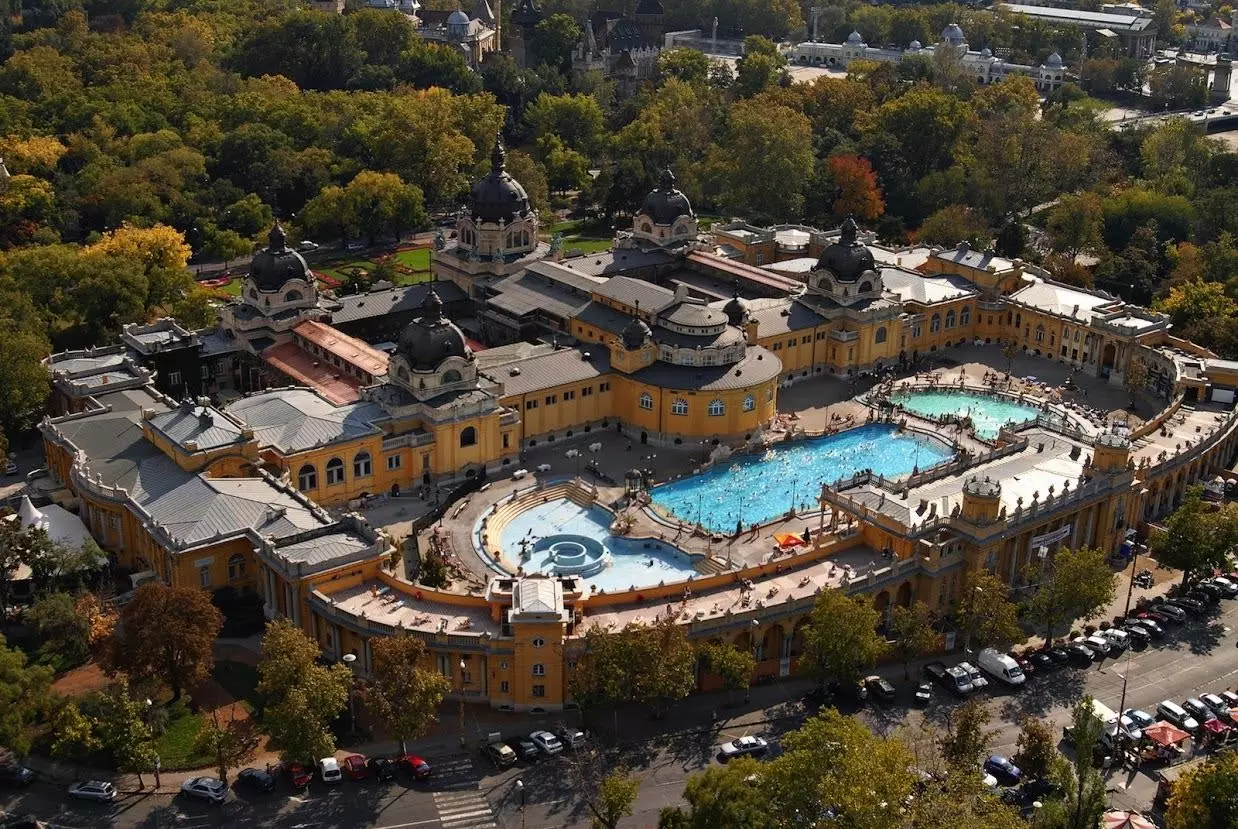
Széchenyi, one of the most famous spas
3. Contrary to what it may seem, go to the hot springs It is not a typical Hungarian day-to-day activity. Chances are that 75% of the people you meet at the spa are passing visitors.
4.This is perhaps the most difficult step: choose the spa in which to bathe in the experience. Szechenyi, in the Varósliget (City Park), It is one of the most popular options. and ensures a very sociable day outdoors in its three outdoor pools.
Gellert , which is next in celebrity, is a treat for the senses: you'll think you're swimming in a Cathedral.
** Veli Bej ** will open the doors to the past, with one of the best preserved spas of the Ottoman empire.
More secluded and modest, but brimming with authenticity, **Dándar** is one of the few where most of the attendees will be local.
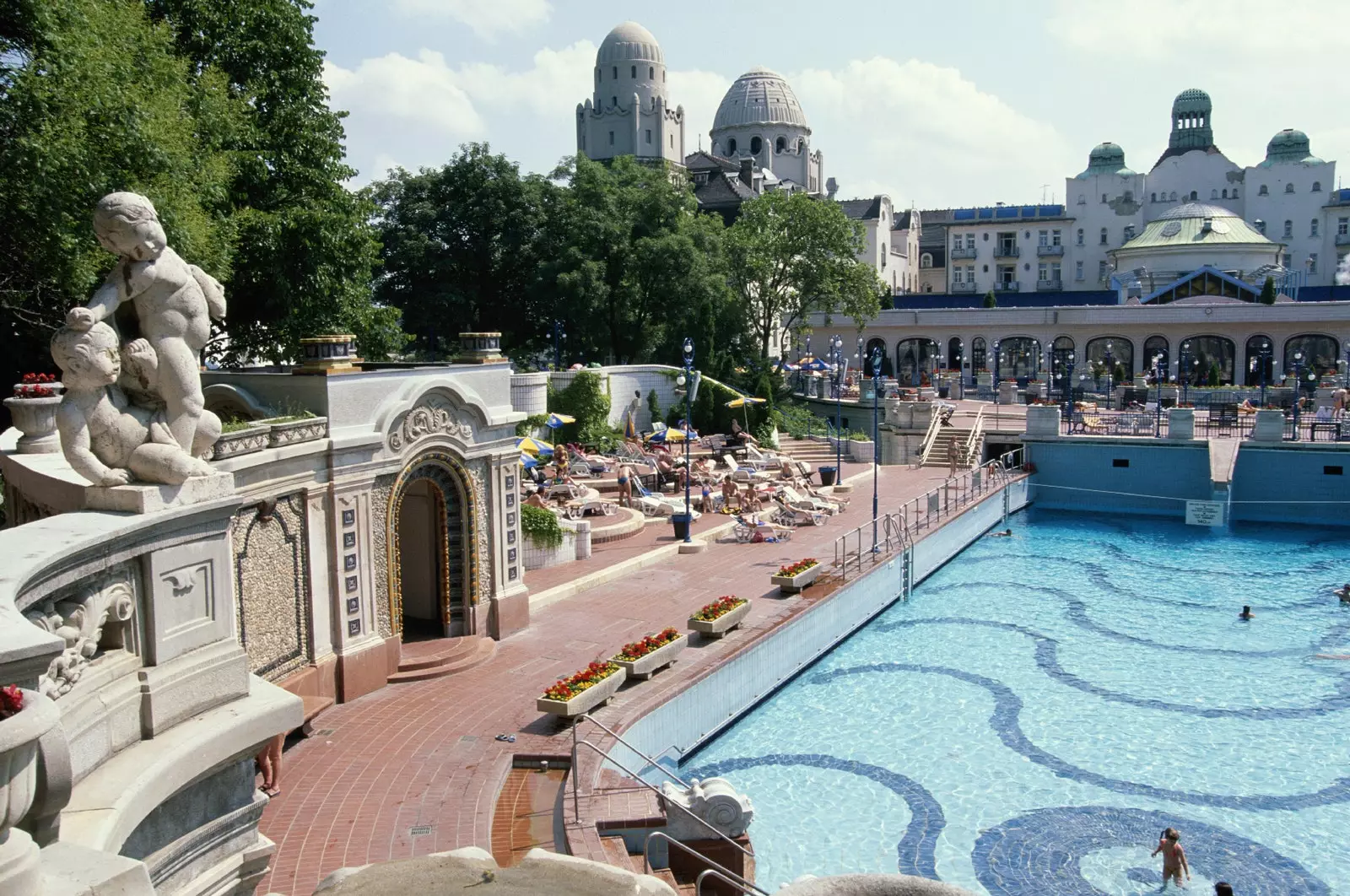
Gellert, a good choice, but not the only one!
THE DAY D
1. What you should bring yes or yes: swimsuit, flip flops, towels and bathroom things (for the post-hot spring shower). Some spas require wearing the always flattering hat of swimming pool for the exteriors, take it with you just in case.
2.Please note that the weekends all the spas are usually to bursting. If possible, try to go during the week, lest an experience that should be relaxing turn into a competition for the best place.
3. Go the day you go, try to go early to avoid crowds. Bonus, if you decide on Széchenyi or Gellért, it is first thing in the morning when you will meet the neighbors, making the experience more authentic.
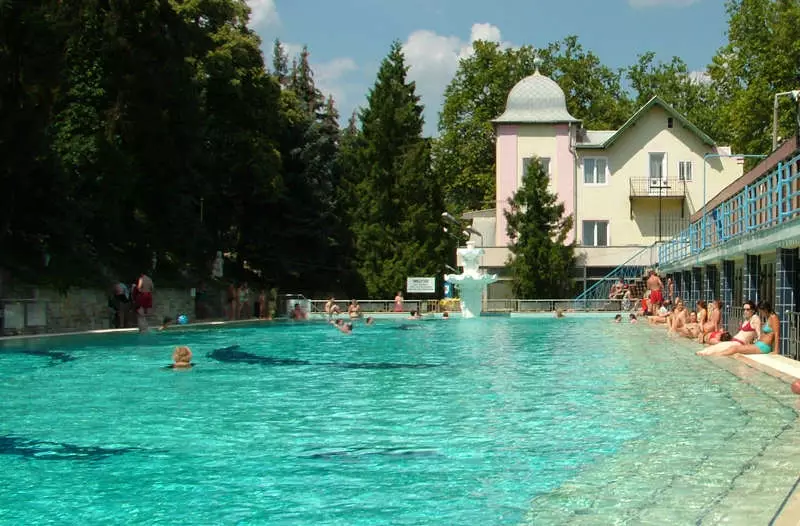
Csillaghegy Baths, one of the oldest in Budapest
4. If you decide on a super local spa and outside the tourist circuit, note: some are only for men or only for women, or have separate waters for one and the other.
5.Unluckily or luckily (depending on for whom), nudism is no longer allowed. Even in spas with waters separated by sex you will always have to go in a swimsuit.
6. Giving each other water is not a seasonal activity: the spas are open and enjoyed all year round. Of course, in winter you live differently.
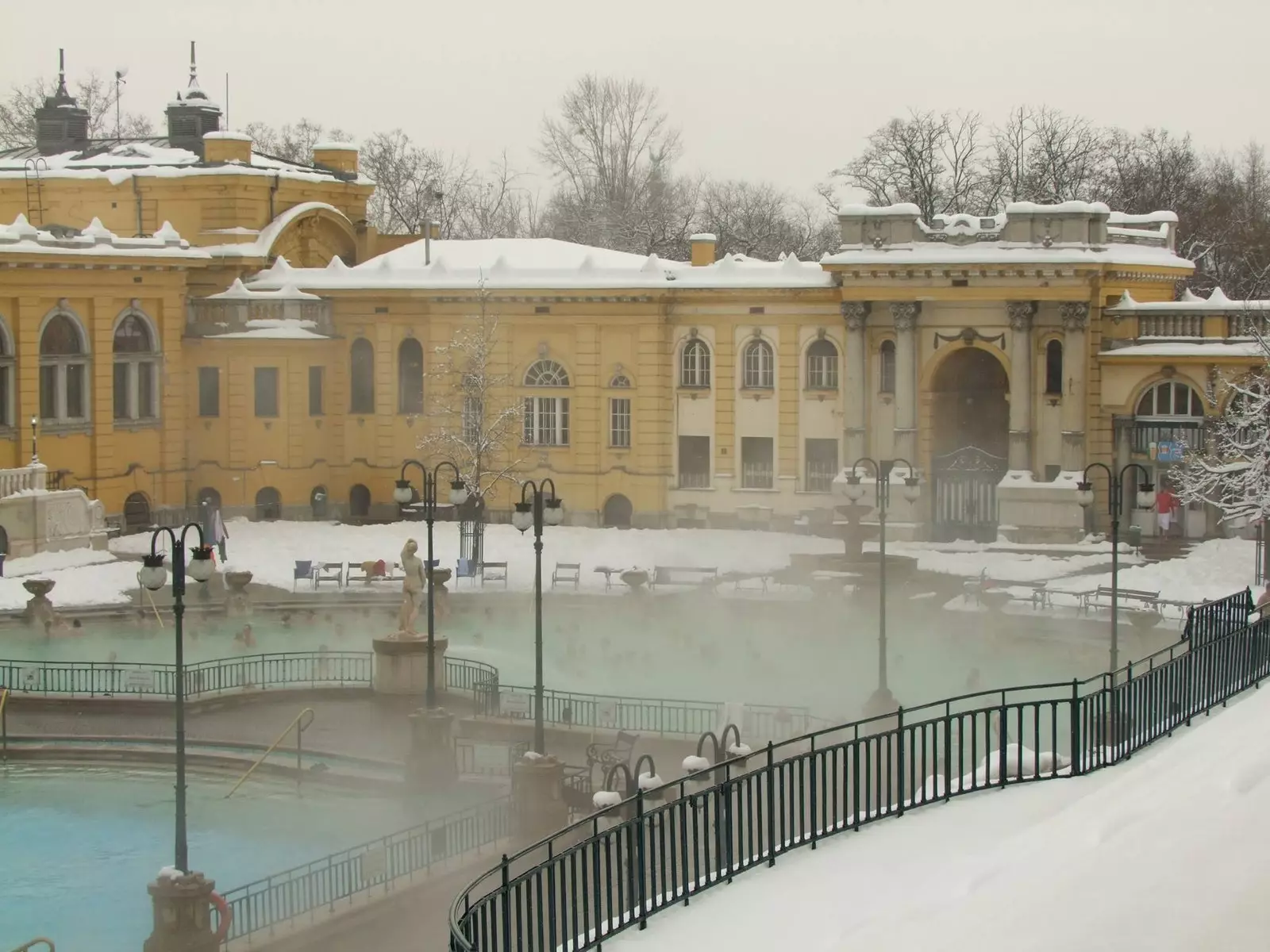
A bath under the snow?
AT THE TIME
1. It is no surprise that the water is hot (including that of the outdoor pools), but keep in mind that sometimes it reaches 40 degrees, and the first impression can be brutal. Find out before entering (especially if you have low blood pressure), do not go to get a scare.
2.Budapest's spas have been privileged spectators of its history, and most have passed through various eras and architectural influences. Do not expect a functional and minimalist spa: They are authentic labyrinths of corridors, lockers, signs and stairs.
Don't think that they are making you dizzy on purpose, but keep in mind that you are likely to get lost once or several times. It is part of the experience.
3.If you liked the experience, you don't have to stop here (or limit aquatic exposure to the outside): many spas sell hot spring water for drinking, or even allow you to fill your own bottle, for the modest price of 30 guilders (10 euro cents).
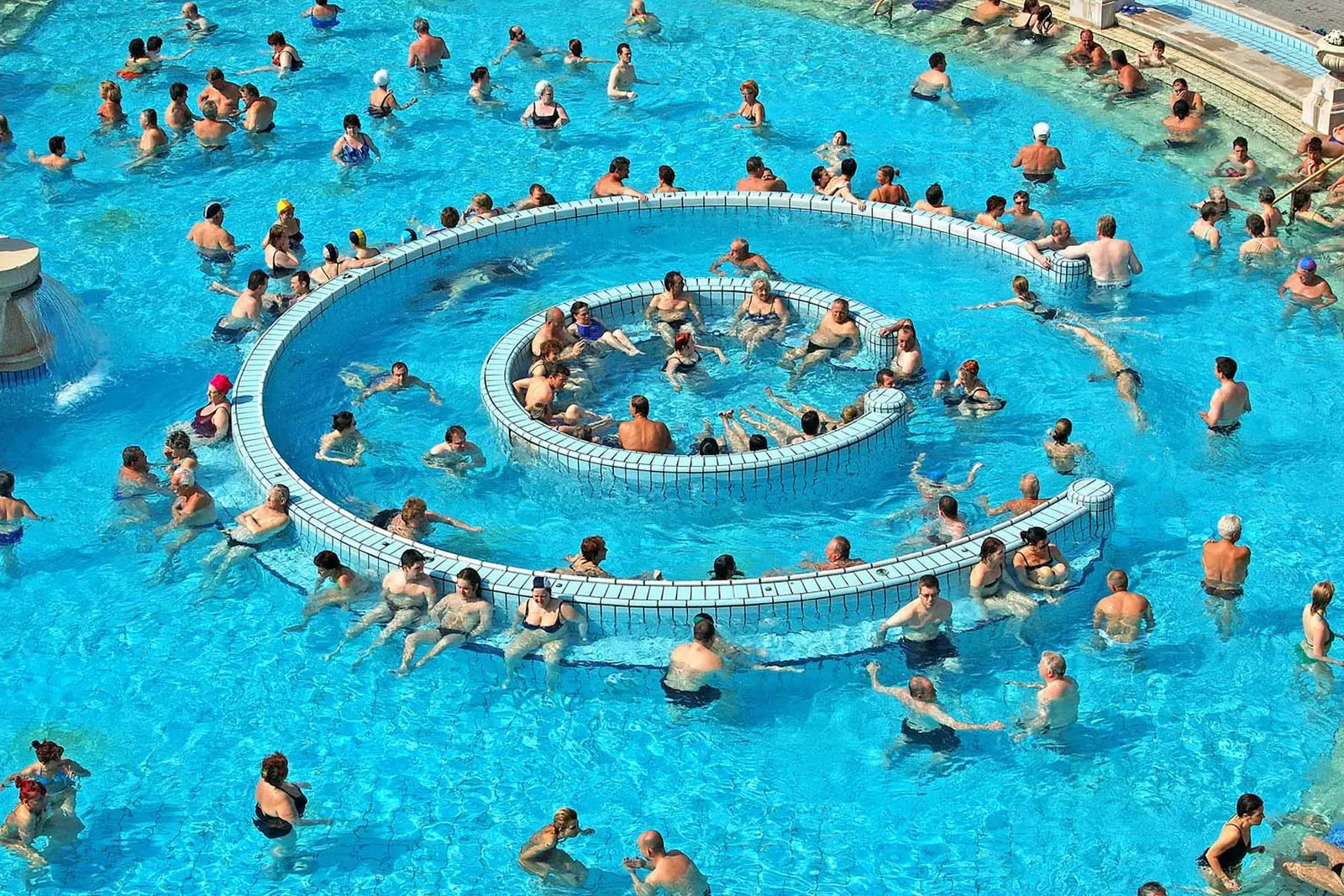
Non-Stress
